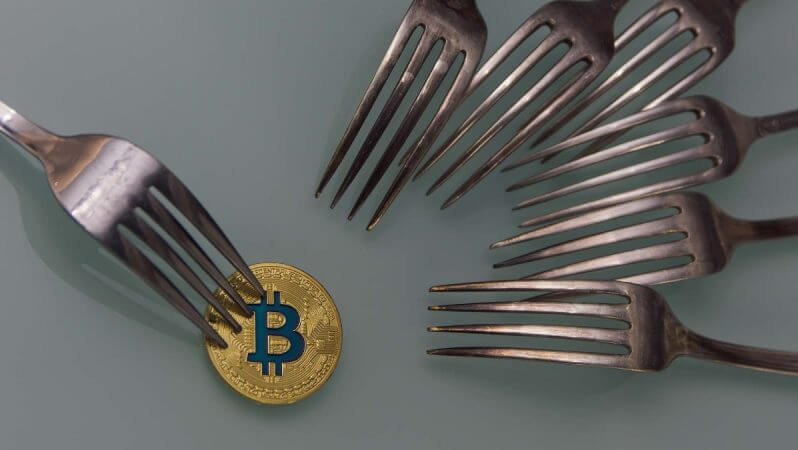One of the most talked about topics in the crypto money industry is the Hardfork issue. Now BNB Chain Luban Hardfork is at the door. Let’s take a look at the details together.
BNB Chain Luban Hardfork is coming
cryptocoin.com When we look at it as a whole, the BNB Chain Luban update will be in question very soon. Therefore, there are things users want to know. Here’s what users need to know.

- The “Build ‘N’ Build” Chain, formerly known as the Binance Smart Chain (BSC), will undergo a hard fork in June. The network upgrade is called Luban and will introduce three evolution proposals.
- The BSC Luban upgrade is scheduled to take place on 11 June once regular network activity is maintained. This means a hard fork. It will ensure the implementation of the three evolution proposals (BEPs). These are BEP-126, BEP-174 and BEP-221.
- The official GitHub repo update has what the upgrades have to offer.
- BEP-126 (in its first part) aims to introduce a “quick settlement mechanism”. In essence, this is a step aimed at ending a block. After all, once the block is terminated, it will not be returned forever. It will be a 7 step process.
- BEP-174 is titled Cross-Chain Relay Management. The proposal introduces a brand new type of governance proposal designed to manage the whitelisted set of relays. This provides a new way to manage Relay Manager public keys that will be stored in the genesis contract in BSC. Relay Administrators will be able to manage their individual relay public keys.
- The last one is the CometBFT Light Block Validation proposal (BEP-221). Accordingly, this suggests a system that will add a new contract to networks using the technology.
What is a hard fork?
A hard fork is a rule change that has far-reaching effects on the entire protocol of the blockchain network. A hard fork can be initiated by the developers of the blockchain or by community members. Compared to the old rules, valid blocks produced using the new rules can be seen as invalid, or invalid blocks can be seen as valid. This means that all nodes that need to run according to the new rules must upgrade their software.

A hard fork essentially creates an entirely new currency, as it is a permanent deviation from the previous version of the blockchain. One path follows the new, upgraded blockchain, while the other follows the old path. Users of the blockchain in question can choose to upgrade and follow one path or not upgrade and stay on the other. This is called “backward incompatibility”. A group of users (or nodes) use legacy software. On the other hand, if others use the new software, there will be a permanent split. While this sometimes happens, in other cases many nodes using the new software prefer to revert to the old rules. However, there is also a more common scenario. That is, after the new fork is created, those using the old chain realize that their versions are less useful than the old and new ones and choose to upgrade to the new one. However, it is also possible for two blockchains to run parallel to each other indefinitely.







